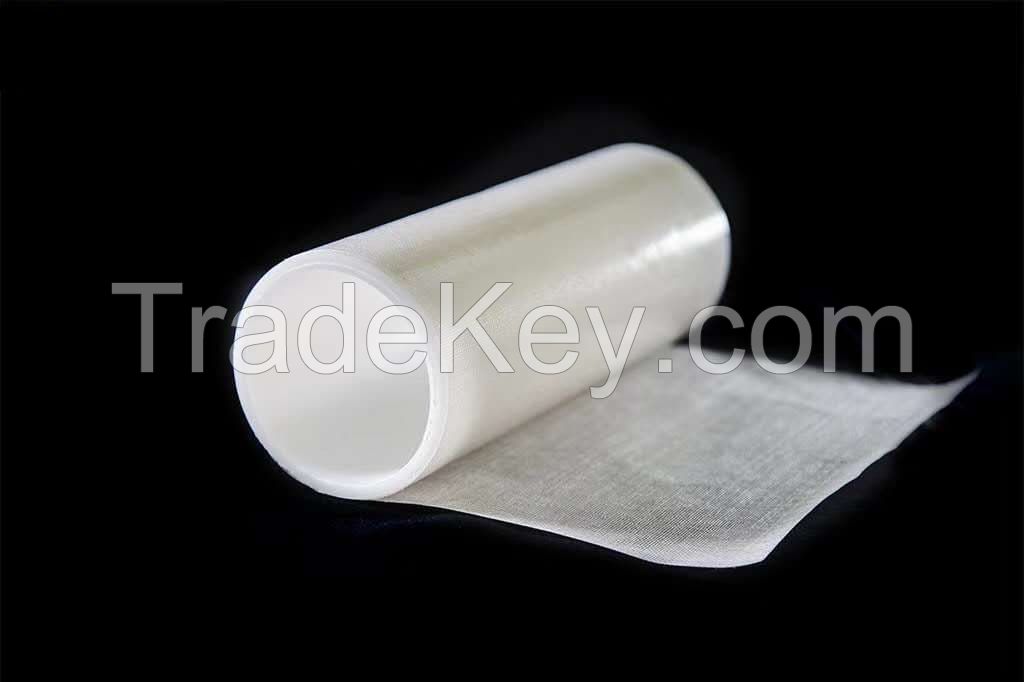

离岸价格
Get Latest Price600 ~ 700 / Piece ( Negotiable )
|1 Piece Minimum Order
国:
China
モデル番号:
-
离岸价格:
600 ~ 700 / Piece ( Negotiable ) Get Latest Price
ロケーション:
-
最低注文量の価格:
600 per Piece
最低注文量:
1 Piece
パッケージの詳細:
carton
納期:
5--15 days
供給能力:
-
支払いタイプ:
T/T, L/C, Western Union, Money Gram, PayPal
製品グループ :
-
連絡先担当者 John
Jinan, Shandong
| 国: | China |
| モデル番号: | - |
| 离岸价格: | 600 ~ 700 / Piece ( Negotiable ) Get Latest Price |
| ロケーション: | - |
| 最低注文量の価格: | 600 per Piece |
| 最低注文量: | 1 Piece |
| パッケージの詳細: | carton |
| 納期: | 5--15 days |
| 供給能力: | - |
| 支払いタイプ: | T/T, L/C, Western Union, Money Gram, PayPal |
| 製品グループ : | - |